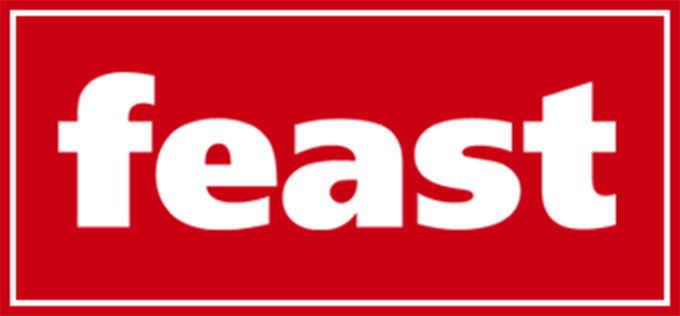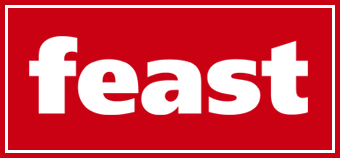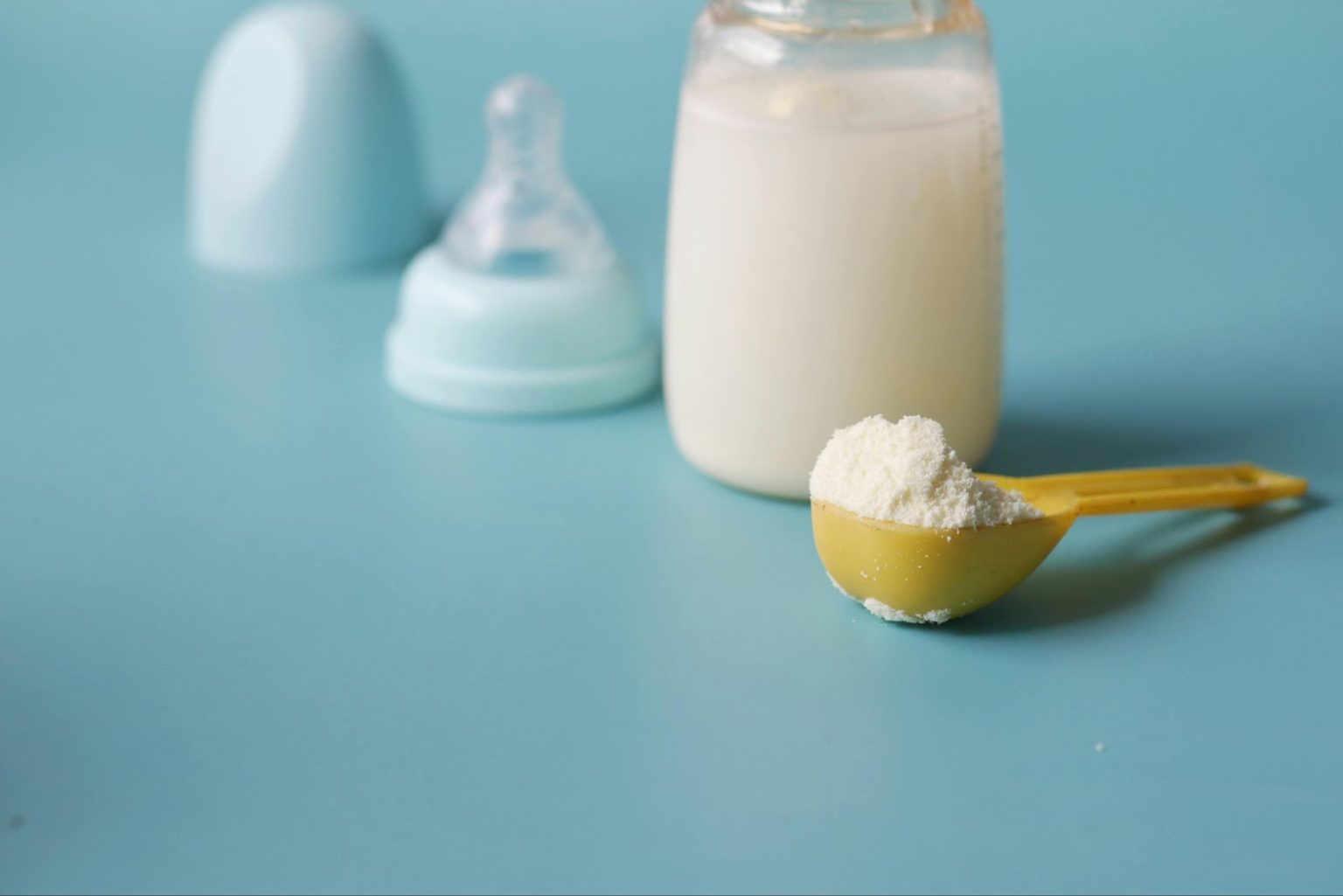You’re standing in the baby formula aisle, wide-eyed and scanning rows of cans with names that sound more like tech startups than food for your newborn. Each one claims to be the best. But what’s really inside?
With rising concerns about allergens and artificial fillers, there’s a growing demand to know exactly what goes into every scoop.
This isn’t some future fantasy. Transparent labeling is reshaping how parents choose formula: and shifting how brands earn loyalty.
Read on to find out more.
The Demand for Clean, Understandable Labels
For many parents, the formula aisle used to be a guessing game. Ingredient lists were filled with scientific-sounding names and country-of-origin mysteries that made traceability nearly impossible.
Now, parents are flipping containers around with purpose, scanning for short ingredient lists, recognizable names, and proof that the formula aligns with their values.
This is where products like Kendamil Goat Milk Baby Formula are breaking through the noise.
Brands that clearly state their ingredients and explain their purpose are winning parent confidence. Not just because they’re open, but because they’re meeting the moment: an age where consumers expect honesty to be baked into the brand DNA.
Why Goat Milk Is Gaining Ground
There’s growing attention around alternative dairy bases in baby formulas, especially as more children show sensitivities to cow’s milk or parents want options closer to breast milk. Goat milk formulas have stepped up as a compelling alternative, and not just for novelty.
Goat milk proteins are naturally easier to digest and form a softer curd in the stomach, reducing strain on developing digestive systems. They contain less alpha-S1 casein, a protein that can be tough on little tummies. Parents are beginning to explore these alternatives not just reactively – after issues arise – but proactively, based on what they’ve learned from transparent brands.
The credibility of goat milk formula has surged thanks to better education around its nutritional profile, supported by science-backed claims.
The Power of Trust in the Age of Information
Parents today are product researchers, label readers, community group lurkers, and Amazon review deep-divers. They don’t just look at the front of the tin. They examine every aspect of the brand. Ingredient transparency doesn’t just win points for honesty; it creates a direct line of trust.
For formula brands, that trust isn’t optional. It must be earned, then maintained through consistency. When parents find products that list ingredients they can pronounce, clarify where the milk comes from, explain the function of each nutrient, and disclose production standards – they stick with them.
European Union regulatory bodies have made it easier for parents to trust EU-made formulas due to their stricter guidelines, but even in the US and beyond, consumer pressure is forcing the industry toward clarity.
How Transparency Builds Brand Loyalty from Day One
In a market where price wars and buzzwords dominate, ingredient transparency creates lasting relationships. Parents who feel respected by a brand’s openness are more likely to remain loyal.
Consider the parents who turn to niche or specialty forums to ask, “What’s the best formula without palm oil?” or “Is there a non-GMO formula without synthetic DHA?” These aren’t fringe questions anymore. They reflect a consumer base that sees formula as more than sustenance: it’s a reflection of how they want to parent.
And when those parents find brands that meet the moment with full transparency and thoughtful formulation, they spread the word fast. Peer-to-peer sharing now rivals traditional advertising in impact. When a parent says that they switched, that endorsement travels farther than any slogan.
Raising the Standard for an Entire Industry
Transparency is no longer just a checkbox for compliance. It’s setting the standard for how all baby formula companies will need to operate if they want to stay relevant.
As parents grow increasingly skeptical of greenwashing, there’s a shift toward demanding clarity. They want to know the source of the milk, the type of fat used, whether the formula contains GMOs, and if any ingredients are synthetic. And if they don’t find that information, they’ll move on.
Transparency Isn’t Trendy: It’s Transformative
This isn’t about riding the clean-label wave. It’s about rewriting the narrative for what baby nutrition should look like. Ingredient transparency doesn’t just make choosing a formula easier. It makes all of parenting feel a little less uncertain.
When parents know exactly what they’re feeding their children. they’re making a statement about trust and the kind of future they want to build: starting with the very first bottle.



